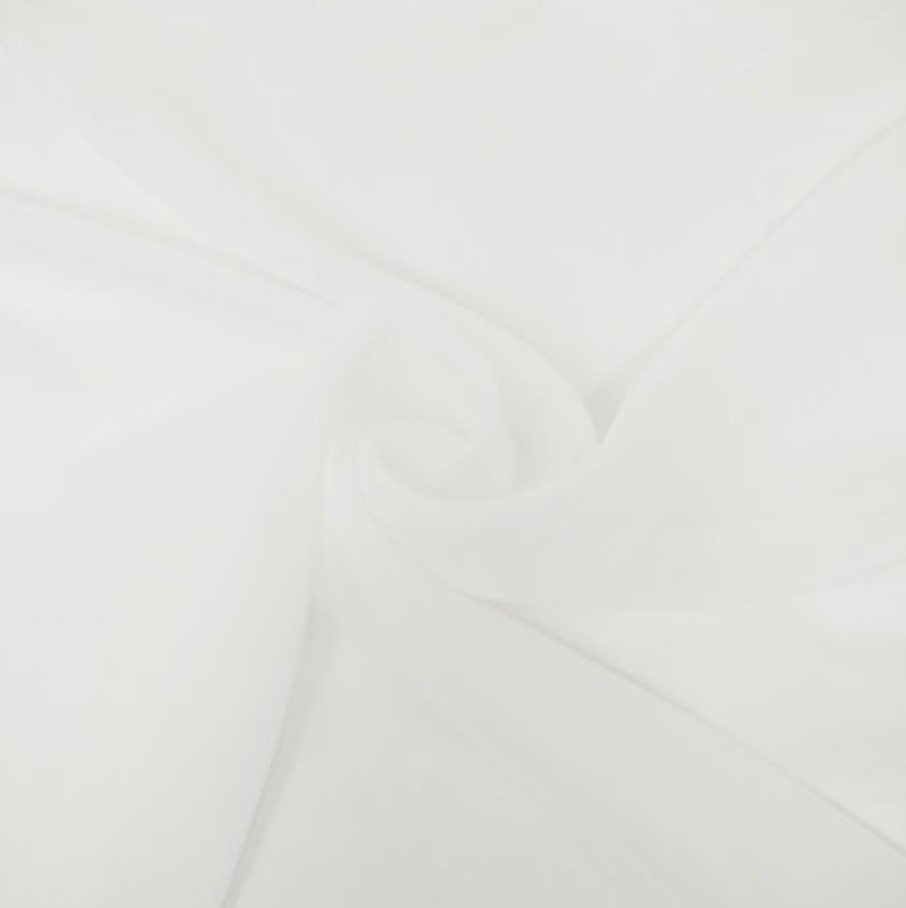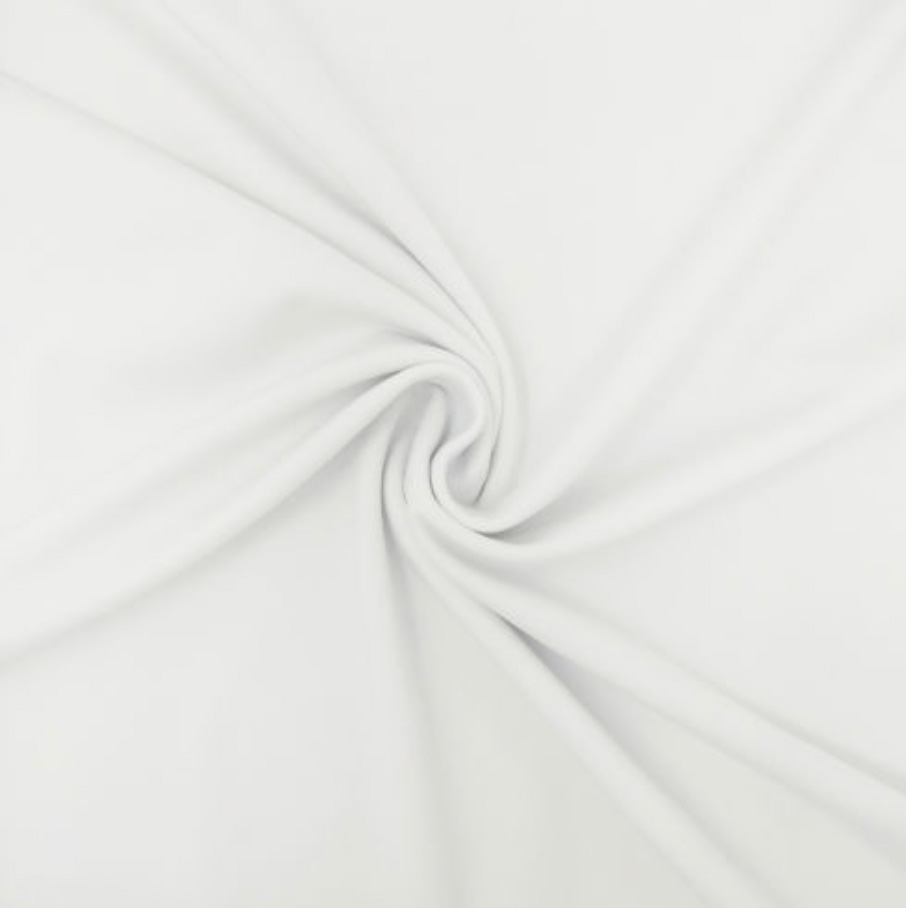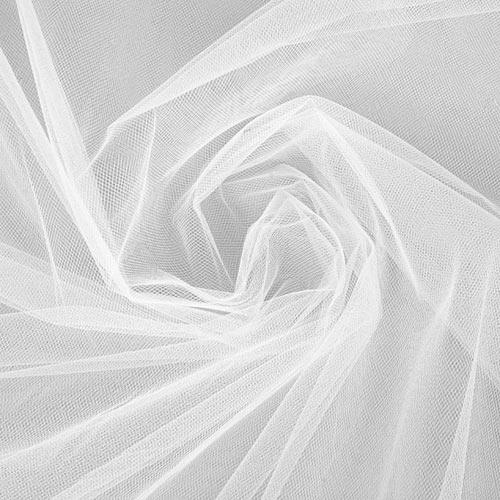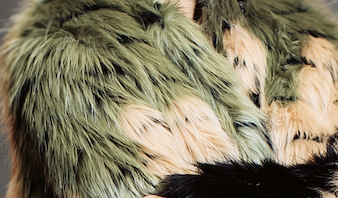TRANSPARENT CHIFFON FABRIC - GONGORA SALAMANCA . White PRINTED BY SUBLIMATION
It is defined as sublimation to the act and consequence of sublimating i.e. moving directly from solid to steam state. Moving matter from solid to gaseous, without ever going through the liquid state, is the action of sublimating. What we call textile sublimation is a technique that is mostly used to customize or print 100% white polyester garments. It is the ideal printing system for technical garments as it allows perspiration. Heat is usually applied with a press or thermal iron.
Printing is done using special inks on inkjet or laser printers. The heat changes the impression that has been made on the paper to a gas, which penetrates the surface of the polymer or polyester.. Allows almost photographic reproduction
Advantages over other techniques:
Sublimation printing goes with nothing: the ink has chemically melted with the fabric.
It is invaluable to the touch, does not weigh, does not make you sweat, etc...
SWIMWEAR-230 GR/M2 RECYCLED POLYESTER LYCRA - SEAL - WHITE PRINTED BY SUBLIMATION
Sublimation is defined as the act and consequence of sublimating, that is, going directly from the solid state to the vapor state. Making matter go from the solid to the gaseous state, without going through the liquid state at any time, is the action of sublimating. What we call textile sublimation is a technique that is used mainly to personalize or print white 100% polyester garments. It is the ideal printing system for technical garments as it allows perspiration. Heat is normally applied with a press or thermal iron.
Printing is done using special inks in inkjet or laser printers. The heat changes the impression that has been made on the paper to a gas, which penetrates the surface of the polymer or polyester. Allows an almost photographic reproduction
Advantages over other techniques:
Sublimation printing does not go with anything: the ink has chemically fused with the fabric.
It is priceless to the touch, does not weigh, does not make you perspire, etc ...
COLLECTION "PRET A COUTURE" COMPOSITION OF THE FABRICS TULL
TULL
Is a lightweight fabric with an open, net-shaped structure that is usually starched. It is a mechanical lace,mechanically woven unlike traditional lace, Due to the fineness of the yarn its touch is softer than that of other mesh fabrics.
Tul is always made with multifilament yarn. Threads can be natural fibers such as silk, artificial fibers such as rayon or synthetic fibers such as nylon. In the field of fashion, tul is used for veils and wedding dresses, evening dresses and ballet dancers' tutu. . The tul is available in many colors and can be dyed to fit a specific model.
"PRET A COUTURE" COLLECTION , EMROIDERY TULL
EMBROIDRY TULL
The yarns used in embroidery can be the same as those used for the fabric, although not necessarily, because it depends on the type of embroidery, but above all cotton, silk, wool and linen are used, all with varied colors and those of silver and gold with the different shapes that are adopted in weaving.
COMPOSITION OF THE FABRICS "PRET A COUTURE" CREPE SATEN
CREPE SATEN
it has a shiny surface and a matte back. This fabric is very flexible, so you can create beautiful draped fabrics. Satin crepe is used in the manufacture of dresses, shirts, lingerie, evening dresses, blouses, linings, accessories, ornaments,.... you can have composition of polyester, silk and elastan, as well as proportional mixtures of the three fabrics, like this one that we present
FAUX FUR "PRET A COUTURE"
FAUX FUR "PRET A COUTURE"
Synthetic fiber is a textile fiber that comes from various petroleum products.1 Artificial fibers are not synthetic, as these come from natural materials, basically cellulose. Sometimes the term 'chemical fibres' is used to refer to artificial fibres and synthetic fibres as a whole, as opposed to natural fibres.2






